In an exhibition at the Royal Academy in London in 2023, contemporary British artist Emma Stibbon exhibited her own wood carving “Collapsed Whaling Station” alongside a selection of works from the Royal Academy collection. All art works depict extreme weather events or ruination or other kinds of disasters. In this nice video she talks about her fascination with these kind of images, referencing explicitly the current climate crisis and it’s effects.
Tag: 21. Century
In a comic book by French authors Benoit Sokal and Francois Schuiten from 2022, an ancient maritime myth is picked up in a comic format. The story is about a small community of refugees who once settled on the back of a giant whale floating in the ocean. The animal is so vast, that it’s back appears like an atoll or a small island. Vegetation grows and various animals have settled, attracted by the mild climate created by the warmth of the animal’s body. After seventy years however there are conspicuous signs that the whale is starting on her journey towards the North Pole, endangering the survival of the small society that has made her back it’s home.
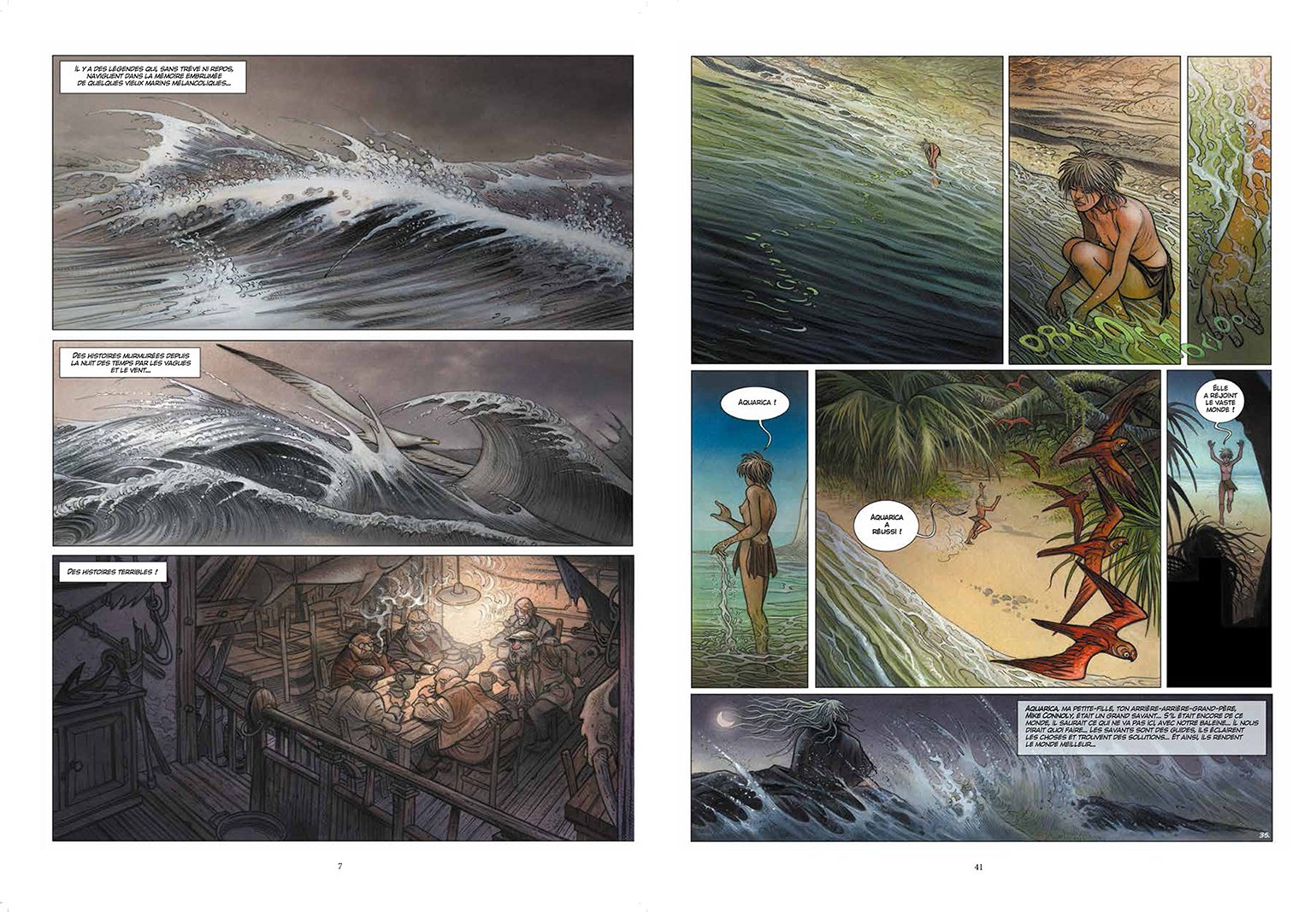
Essentially, the environment for this community is similar to many coastal and island communities: The living conditions are rather comfortable but there is a constant danger of drowning. Whenever the whale moves or sinks, the sea becomes agitated and rises threatening the human settlements.
The authors have come up with a clever piece of bionics as adaptation measure for this condition. The community lives in giant crab-like houses (or rather house-like crabs). These housings have long legs to elevate and hatch like roofs that can close and seal the interior against water in case of inundation. Some of these giant crabs apparently can also swim and cover large distances individually. Here are some sketches from my edition of the book:
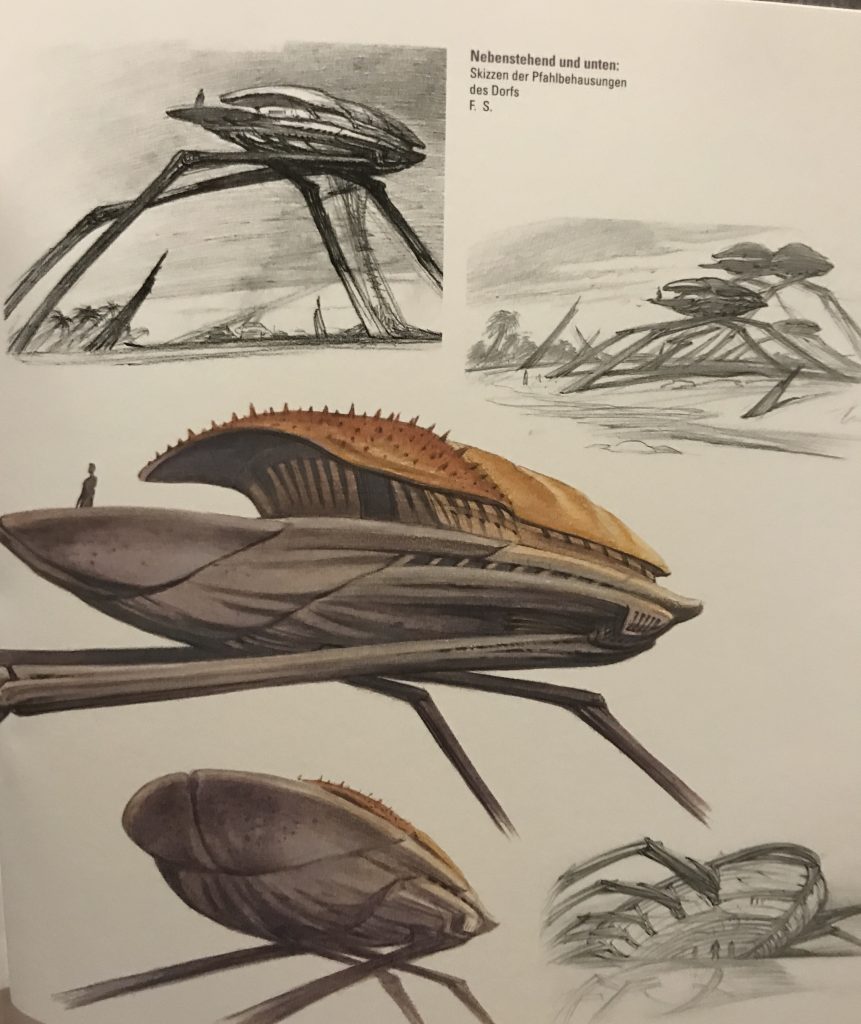
This design is not so unlike the houses on stilts that were once common in Bangkok and can now be found again in places like Makoko in Lagos or Apung Teko in Jakarta. Of course these moving and amphibious crabs are much more sophisticated. To inhabit and navigate the crabs, humans had to develop into a symbiotic existence with them. The whole lifestyle of this small community is highly symbiotic and so far adapted to it’s host/surrounding, eventually making it impossible for them to leave. That certainly is the tragedy of this little floating eco-topia.
The two volume book is a wild mixture of maritime folklore, pop-culture references (Moby Dick, obviously), romantic fairy tale and eco-fantasy. Too crude and stagy for my personal taste, but nevertheless interesting as a twist on an old maritime myth – for reference see my post on whales as islands here – seen under today’s light of climate adaptation imperative.
In times like these, what the world needs is good humor and good counseling. And this company apparently offers both. Because if you name your business consulting company after a city that spectacularly sank into the sea as a punishment for the hubris of it’s citizens, you have to have a really keen sense of humor. And these guys have been at it for 30 years! So they must be doing something right after all.
😁
And yes indeed, they are:
For this Greek company, Atlantis is not only a quirky choice of a name, but also a commitment to cultural heritage on the one hand and to the ocean on the other. In their own words: “ATLANTIS Consulting implements projects aiming at the promotion of culture, “blue” technologies and the exploitation of the underwater wealth (cultural and natural) for the benefit of the European economy. ATLANTIS is pioneering internationally on the issue of the protection and sustainable exploitation of the cultural heritage.”
So if I ever happen to amass enough finance to seek the services of a finance consulting company, they will of course be my first choice. And until them, I’ll keep researching the odd paths of cultural heritage of sunken cities and of Atlantis in particular. (Note: Atlantis is actually not an uncommon name for finance enterprises. I guess the lure of untold riches is a stronger allegory than a notorious demise.)

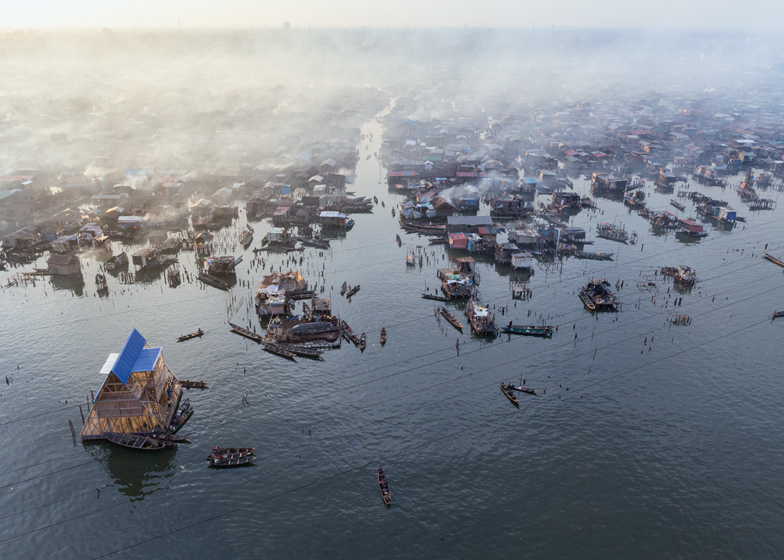
Nigerian architect Kunlé Adeyemi designed this floating building seen in the lower left corner of this photo. “Half-building, half-boat, the floating structure provides teaching facilities for the slum district of Makoko, a former fishing village in Lagos where over 100,000 people live in houses on stilts. Built by a team of local residents, the structure was put together using wooden offcuts from a nearby sawmill and locally grown bamboo.” (source) The Building was designed and built over the course of a year around 2013 and the design was awarded at 2016’s Venice Biennale. See another extensive article here.
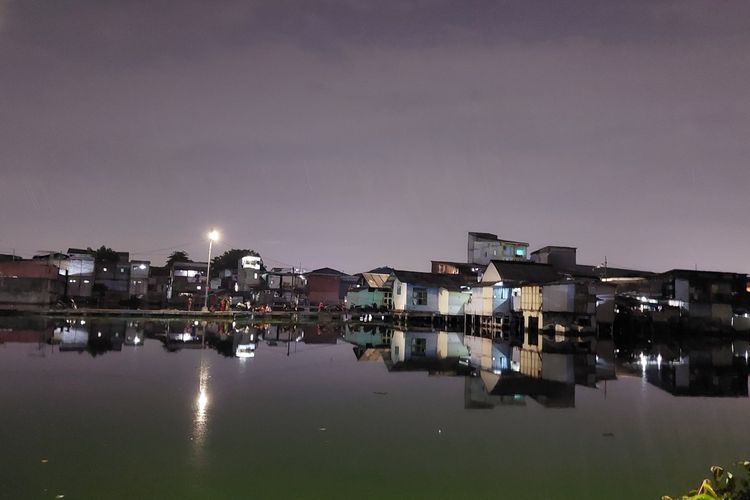
This romantic image is actually a disaster area: Kampung Apung Teko, one of Jakarta’s many villages, has become more and more flooded until it gained a new reputation as Jakarta’s only floating village. A more than questionable feat. Until the 1990s, the three-hectare village was a community adjacent to rice fields. Now it is accessible only through foot bridges. The population was down to 200 households around 2010.
But Apung Teko will lose it’s title sooner or later as a quarter of the city could be underwater in less than a decade.
Further reading: Link and Link
When I read about this assembly of plastic garbage, I was inevitably reminded of stories out of the saga “Erik the Red” or the Irish Legend of Saint Brendan. In other words, it has everything for being a modern myth, a contemporary fairy tale: A gigantic new island that appeared in the pacific ocean suddenly. It’s size is questionable. It is floating, so it’s exact position is also questionable. It is very hard to get to and it is dangerous.
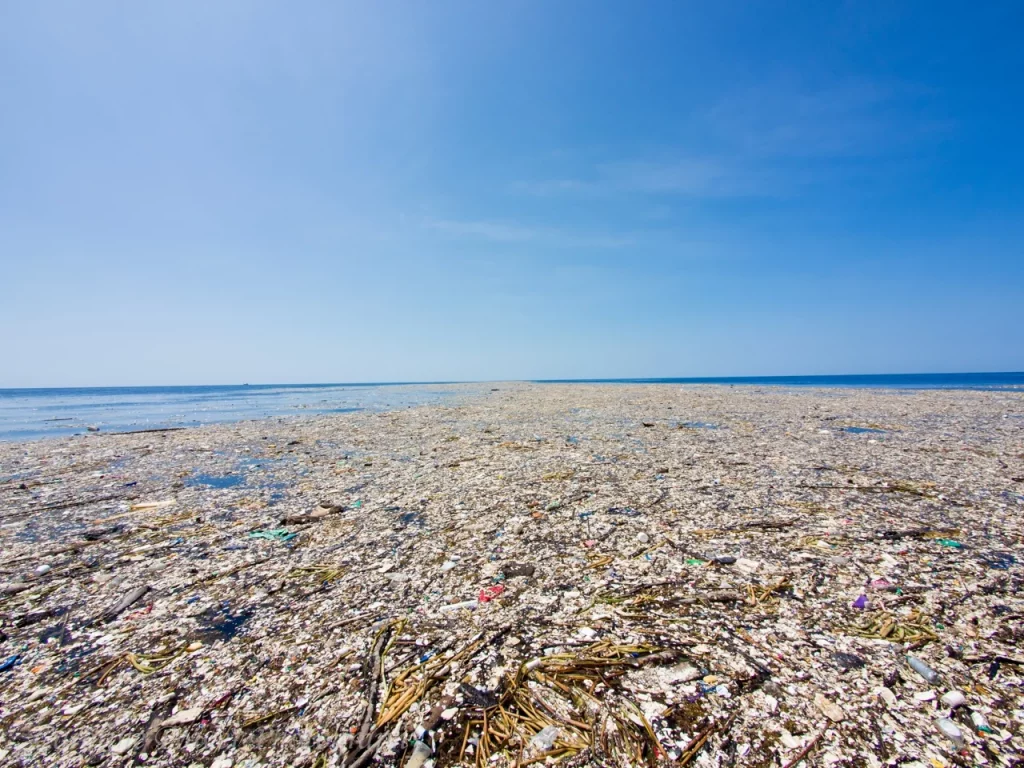
Take for example this excerpt from National Geographic:
“Many expeditions have traveled through the Great Pacific Garbage Patch. Charles Moore, who discovered the patch in 1997, continues to raise awareness through his own environmental organization, the Algalita Marine Research Foundation. During a 2014 expedition, Moore and his team used aerial drones, to assess from above the extent of the trash below. The drones determined that there is 100 times more plastic by weight than previously measured. The team also discovered more permanent plastic features, or islands, some over 15 meters (50 feet) in length.”
And a nameless Captain is quoted: “Fishermen shun it because its waters lack the nutrients to support an abundant catch. Sailors dodge it because it lacks the wind to propel their sailboats.”
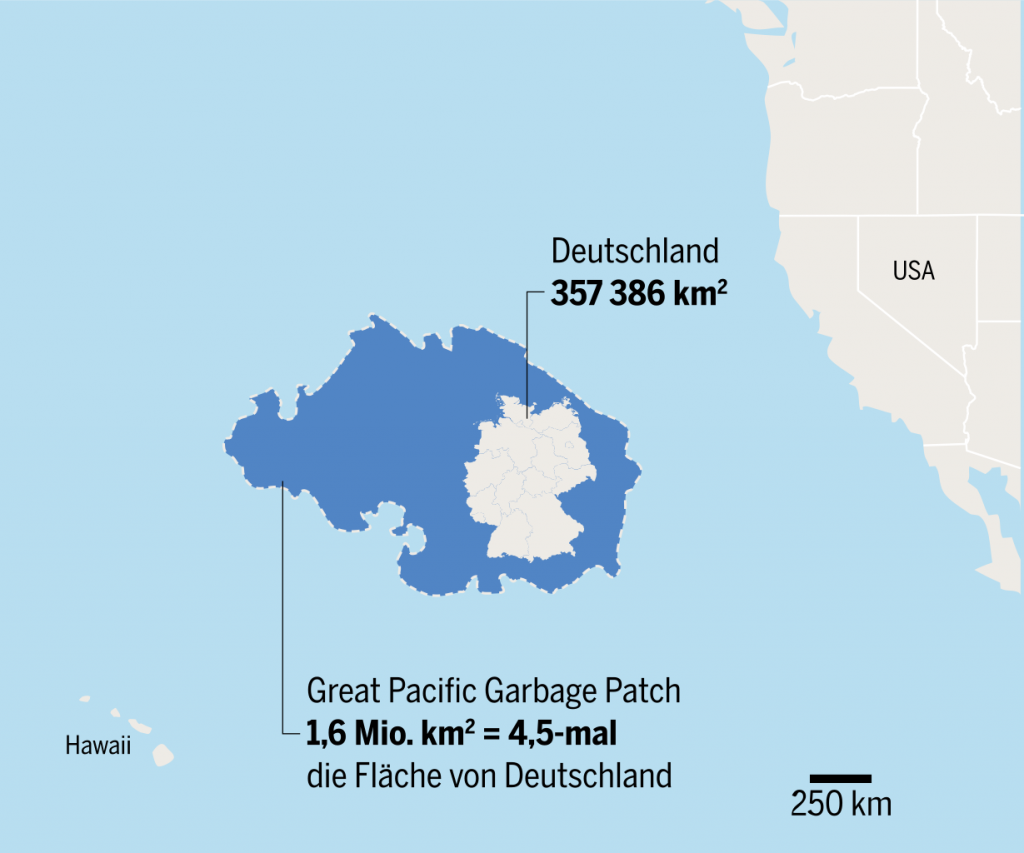
So while islands like Tuvalu and cities like Jakarta are projected to sink beneath the sea in the next 100 years to join Atlantis and the many, many sunken islands and cities of our mythology, new and fascinating islands appear.
I wonder if the Great Pacific Plastic Patch too will become the stuff of songs and poetry in 200 years from now.
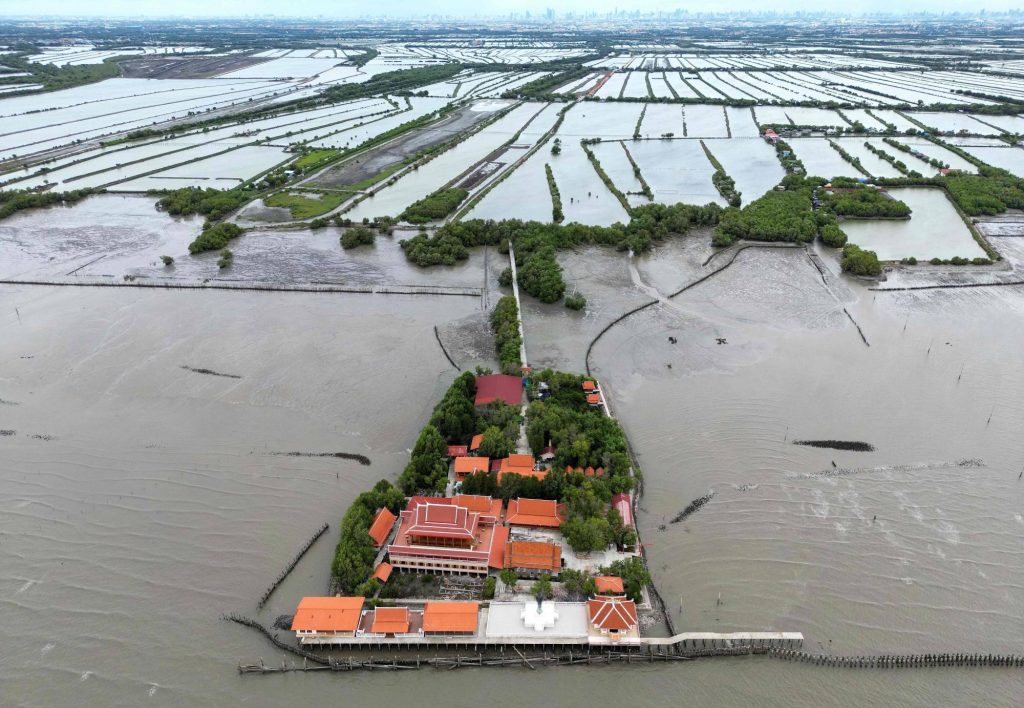
This aerial photograph taken on June 14, 2023 shows the Buddhist temple called Samut Trawat of Ban Khun Samut Chin, a coastal village 10 km south of Bangkok, as seen in the background. At Samut Chin, the ocean has approached by 2 kilometers in the past 60 years. While all other buildings were abandoned and the population settled about a kilometer further inland, the monks lifted the building by two meters and it is now only reachable by way of a small wooden footbridge.
The religious site and the monks caring for it and protecting it against the rising sea level has become emblematic of the situation in the Bangkok Bay. Here’s another foto from 2015 that shows the inside of the temple. You can clearly see how the floor of the room was raised and the water marks on the cement walls.

I have already posted several other images of inundated religious sites across Asia here and here. The most famous one maybe being the Wal Adhuna mosque just outside the sea wall in North-Jakarta. Temples and Mosques have a special value as safe spaces and centers of communities, it is thus no surprise that they become focus points of imagining and expressing our ecological fears.
Here are two articles from 2015 and 2023 about the fate of Ban Khun Samut Chin with more background information.
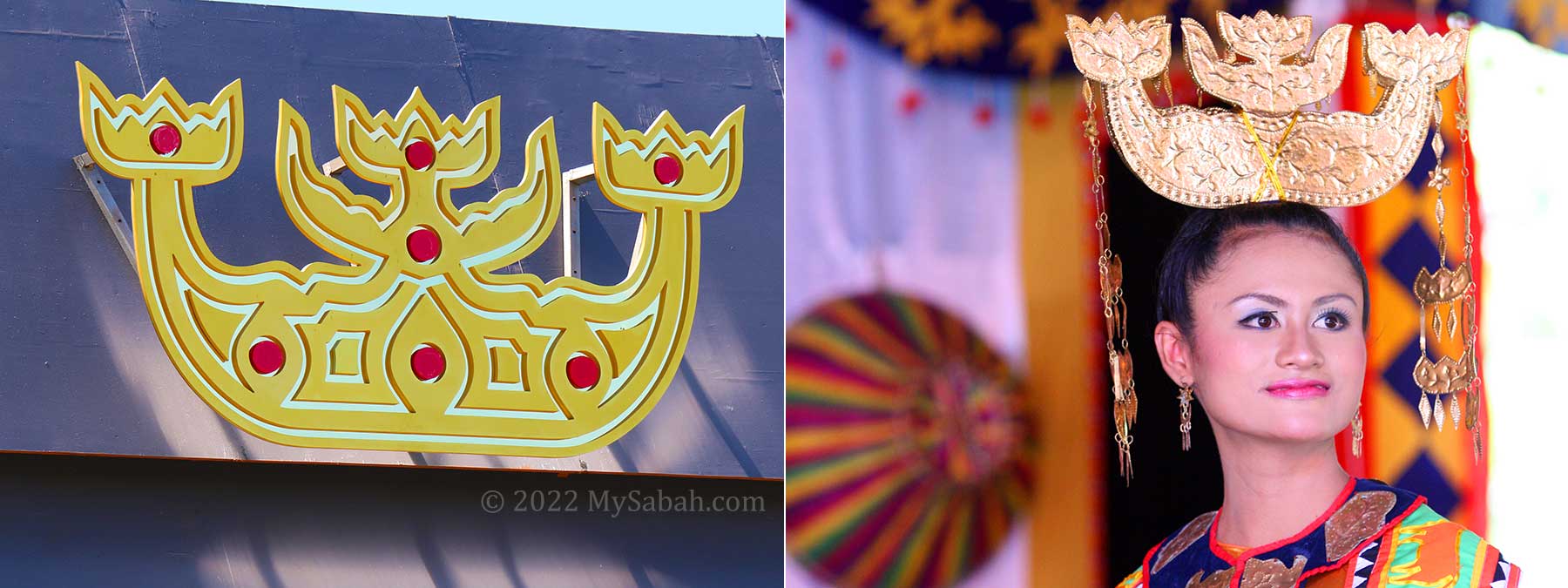
This is the traditional festive head gear worn by Bajau women. The Bajau, a formerly nomadic people now mostly home to Malaysia, Indonesia and the Philippines, live by and from the sea and have recently gained recognition for a genetic trait that allows them to dive deeper and for longer time stretches than any other ethnic group. They are often referred to as Sea People and this traditional head gear seems to symbolize this. I could not find any interpretation of the shape, but they appear to me like ships or tail fins of sea mammals or mermaids – or all three.
The Orang Laut, who mainly settle in Singapore, Malaysia and Indonesia, the Moken in Thailand, and the Sama-Bajau who mainly live in East-Malaysia and the Philippines are ethnic groups that have a seaborne or amphibian lifestyle and culture.
The Malayan name Orang Laut literally translates as Sea People. The Moken are also called chao nam in Thai, meaning “people of the water”. Both the Moken and the Bajau are nomadic societies, moving between islands along various coasts, some families even spending long periods of the year living on their boats. The largest group, the Bajau, are said to exist for over 1.000 years. I did not know that there were nomadic sea faring societies like that at all. Apparently several Bajau myths exist that explain how and why they first adopted their nomadic lifestyle.
This picture of a “typical” settlement of Bajau in the Philippines I find particularly striking for the isolation of the individual buildings and the lack of any visible land close by:

Traditionally these societies lived from fishing but there are anthropological indications that at least the Bajau were once an agricultural society. Their traditional lifestyles center around fishing and harvesting sea plants and the often nomadic lifestyle make them very vulnerable to environmental damage, economic and political exploitation and oppression. Many of them have meanwhile settled on land and further off the sea coast for better employment opportunities.
This image of a Bajau boat fair, called Regatta Lepa, shows a striking similarity to the festival of Marriage to the Sea that is celebrated in far away Venice, Italy. (see my blog entry)

Two other links are noteworthy here:
In the Boxing Day Tsunami of 2004, the Moken people who lived around the Surin Islands of Thailand were able to predict the events quite accurately which allowed them to warn and protect the island population. However in other places, Moken suffered severe devastation to housing and fishing boats by the tsunami. (see related scientific report on indigenous knowledge and disaster here.)
These ethnic groups are probably the inspiration to many myths about sea people in the region. As biological studies have recently revealed, the Moken and Bajau show genetic traits that allow better under water vision and a significantly greater ability to dive and hold their breath. These sea people are probably the closest humanity gets to mythical figures like “aqua men”, “frog men” or “mermaids”. (See for example the Filippino movie “Beyond Atlantis” from 1973.)
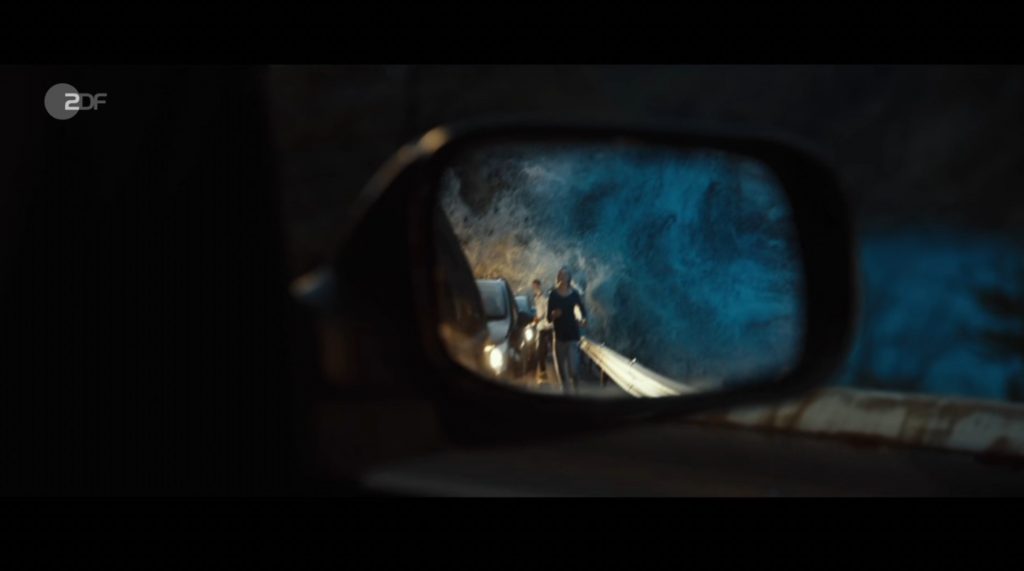
In “Being Ecological” Tim Morton wonders about the prevalent mode of climate writing, which he calls “information dump”, “dumping massive platefuls of facts on to us” over and over again. Morton wonders, why we do that and finds the following analogy:
“Imagine that we are dreaming. What kind of dream would it be where the characters and plot vary, sometimes significantly, but the overall impact—where the dream leaves us, its basic color or tone or point of view (or what have you) —remains the same? There is definitely an analogy from the world of dreaming: these are the trauma dreams of sufferers of post-traumatic stress disorder (PTSD).” According to Sigmund Freud, Morton writes, “the PTSD sufferer is simply trying to install herself, through her dreams, at a point in time before the trauma happened. Why? Because there is some safety or security in being able to anticipate. Anticipatory fear is far less intense than the fear you experience when finding yourself, all of a sudden, in the middle of a trauma. If you think about it, traumas by definition are things that you find yourself in the middle of—you can’t sneak up on them from the side or from behind, and that’s why they’re traumatic. You just suddenly find yourself in a car crash, for instance. If you had been able to anticipate, you might have been able to swerve out of the way.”
“By analogy, then,” Morton concludes, “information dump mode is a way for us to try to install ourselves at a fictional point in time before global warming happened. We are trying to anticipate something inside which we already find ourselves.”